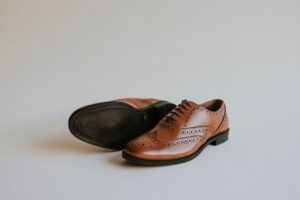The Fashion Blog
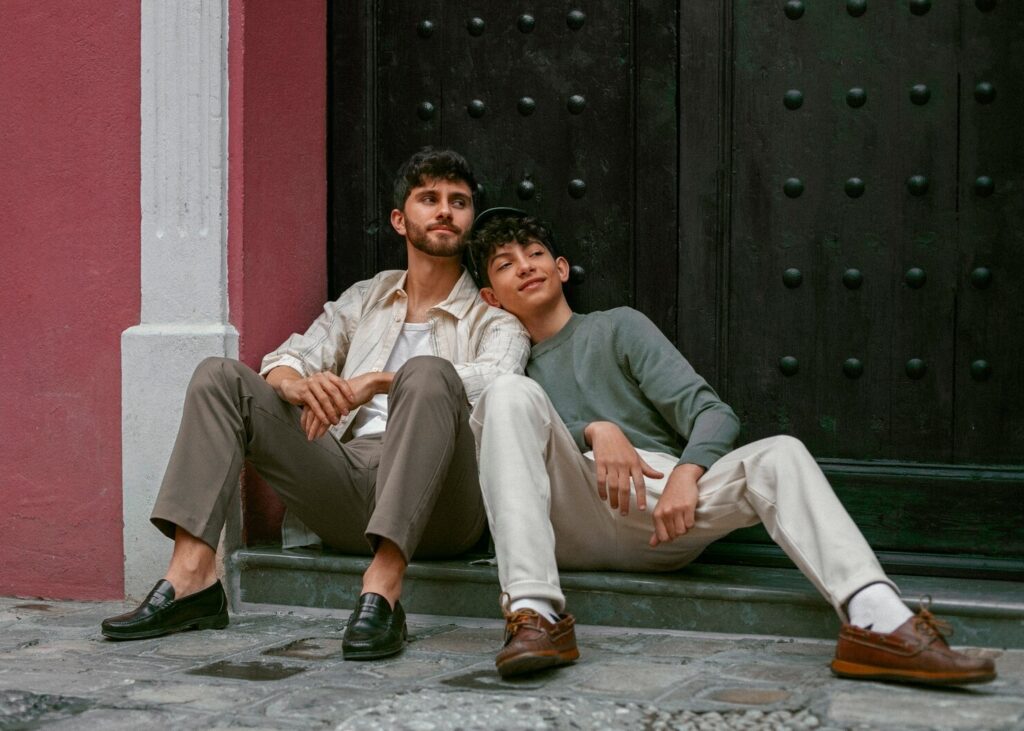
The Evolution of Men’s Fashion Over the Decades
Men’s fashion is a fascinating mix of changing styles, cultural influences, and timeless trends. Men’s fashion has changed a lot over the years, showing how society and technology have evolved. From the sharp suits of the 1920s to today’s comfy athleisure, it’s a journey worth exploring. In this blog, we’ll explore how style has changed over time. We’ll look at trendy versus timeless fashion elements influencing men’s wardrobes.
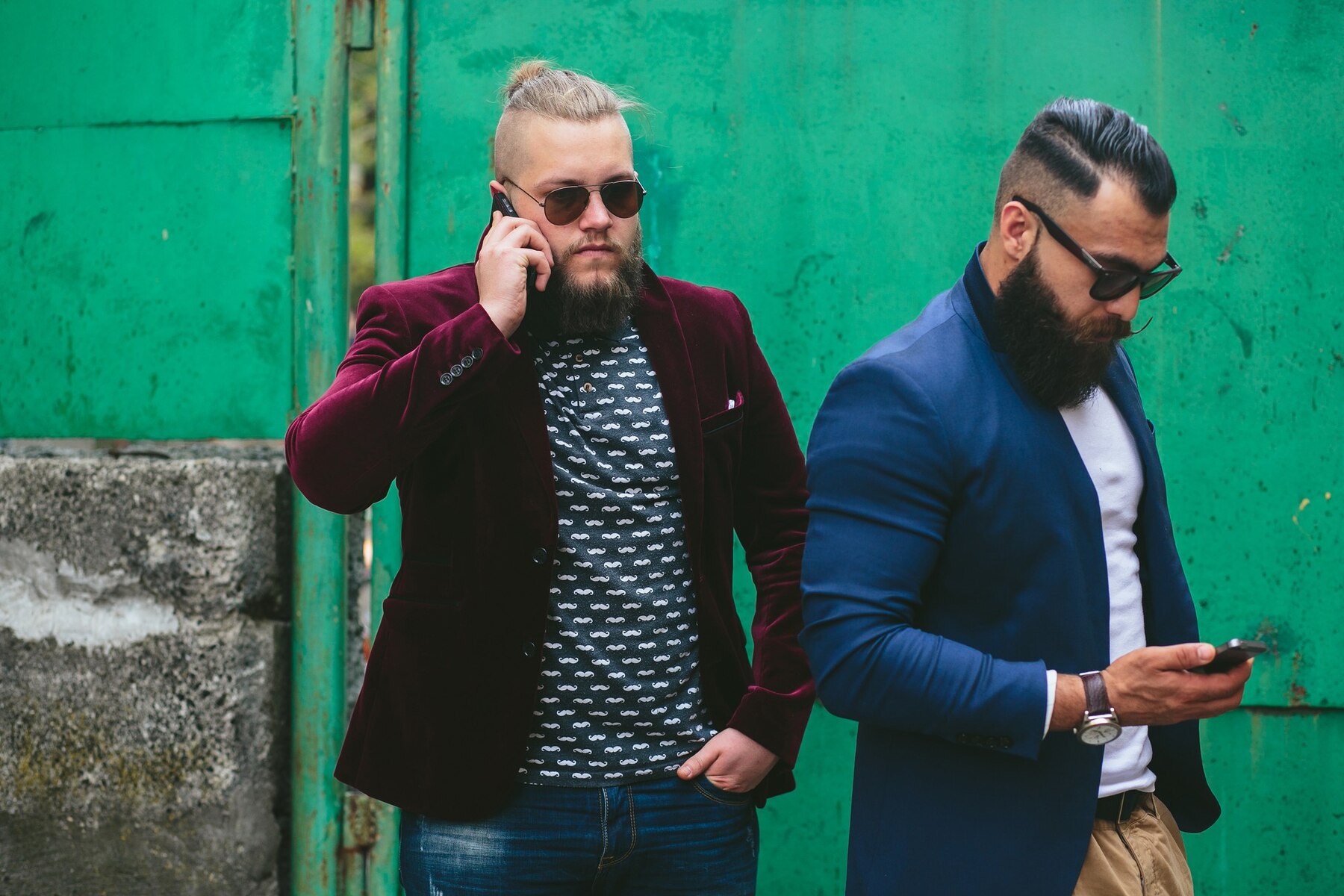
Key Benefits of Understanding Men’s Fashion Evolution
Understanding men’s fashion history isn’t just a trip down memory lane. It’s also a look at cultural changes and evolving societal values. Fashion is a mirror that reflects the times. Exploring their evolution unravels how men’s roles and identities have continuously morphed. Also, knowing the difference between short-lived trends and lasting styles helps people make smart choices for their wardrobe. This way, they can build a collection that lasts.
Real-Life Applications and Data-Backed Insights
Fashion historians and industry experts study past trends to predict future styles. They often reflect on vintage fashion, which remains a favourite. The revival of classic styles shows us the magic of history in today’s trends. Fashion retailers say classic items like crisp white shirts and stylish blazers always sell well. This highlights their lasting charm and proves that some pieces never go out of style. Fashion’s love letter to the past inspires and influences the present.
A Decade-by-Decade Guide to Men’s Fashion Evolution
The 1920s: The Roaring Twenties
The 1920s was a time of economic growth and cultural change. People often call it the “Roaring Twenties.” Men’s fashion back then was all about elegance and sophistication. The three-piece suit, complete with a waistcoat and trousers, was a staple for the fashionable gentleman. Accessories like fedoras and pocket watches added a touch of refinement. This era’s fashion was heavily influenced by jazz culture and the rise of Hollywood glamour.
The 1930s: The Great Depression and Classic Elegance
The 1930s brought about the Great Depression, which inevitably influenced fashion. Despite economic hardships, men’s fashion maintained a sense of classic elegance. Suits became more conservative, with darker colours and simpler designs. The double-breasted jacket gained popularity, offering a sense of structure and formality. This decade also saw the rise of the “English drape” suit, known for its relaxed fit and comfort.
The 1940s: War-Time Utility and Functionality
The 1940s were dominated by World War II, which profoundly impacted fashion. Men’s clothing became more utilitarian, emphasising functionality and durability. The “Victory suit,” made from minimal fabric, symbolised wartime austerity. Military styles impacted fashion. Bomber jackets and trench coats became popular. Despite the constraints, the 1940s laid the groundwork for post-war fashion innovation.
The 1950s: Post-War Prosperity and the Rise of Casual Wear
The post-war era of the 1950s brought economic prosperity and a shift towards a more relaxed fashion. Rock ‘n’ roll culture changed men’s fashion. Leather jackets and denim jeans became symbols of rebellion. The “greaser” look, popularised by figures like James Dean, epitomised the youthful, carefree spirit of the decade. At the same time, the “Ivy League” style, featuring button-down shirts and loafers, offered a more preppy and polished alternative.
The 1960s: The Swinging Sixties and Cultural Revolution
The 1960s were a time of cultural revolution, and fashion was at the forefront of this change. Men’s fashion became more experimental, with bold patterns, vibrant colours, and unconventional silhouettes. The mod style, characterised by slim-fitting suits and Chelsea boots, gained popularity in the UK. Icons like The Beatles and The Rolling Stones shaped fashion. They promoted a youthful and unique style.
The 1970s: Disco Fever and Eclectic Styles
The 1970s were defined by disco culture and a mix of eclectic styles. Men’s fashion embraced flamboyance, with wide lapels, bell-bottom trousers, and colourful prints. The leisure suit, usually made of polyester, showed the era’s fun and easygoing vibe. This decade also saw the rise of punk fashion, with its rebellious and anti-establishment aesthetic. The 1970s were all about fashion experimentation. Styles showed the many cultural movements of that era.
The 1980s: Power Dressing and Bold Statements
The 1980s were characterised by a sense of excess and power dressing. Men’s fashion embraced bold statements with oversized blazers, shoulder pads, and vibrant colours. The “yuppie” look was all about style and success. It included tailored suits and designer labels, which are popular among rising professionals. This era also saw the rise of sportswear as fashion, with brands like Adidas and Nike becoming household names. The 1980s were about confidence and self-expression. Fashion showed off the energy of the decade.
The 1990s: Minimalism and Grunge
The 1990s marked a shift towards minimalism and a more laid-back approach to fashion. The grunge movement, made famous by bands like Nirvana, embraced a laid-back look. This style featured flannel shirts, ripped jeans, and combat boots. At the same time, the “normcore” trend emerged, celebrating simplicity and understated elegance. The 1990s were a time of diverse fashion influences, with men’s style reflecting a blend of rebellion and refinement.
The 2000s: Technology and Globalisation
The early 2000s saw the impact of technology and globalisation on fashion. Men’s fashion has blossomed into a vibrant garden of choices. Fast fashion brands serve up trendy threads at prices that won’t break the bank. The internet and social media giants like MySpace and Facebook sparked a style revolution. Everyone can now showcase their individuality with a click. The 2000s? A whirlwind where fashion mirrored our fast-paced digital lives.
The 2010s: Athleisure and Sustainable Fashion
The 2010s ushered in athleisure, where athletic wear danced with everyday fashion. Comfort reigned supreme as joggers, hoodies, and trainers became must-have staples. Sustainability took centre stage, with eco-friendly materials and ethical production practices shining bright. Men’s fashion has become a bold statement about values. It reflects a rising awareness of social and environmental responsibilities.
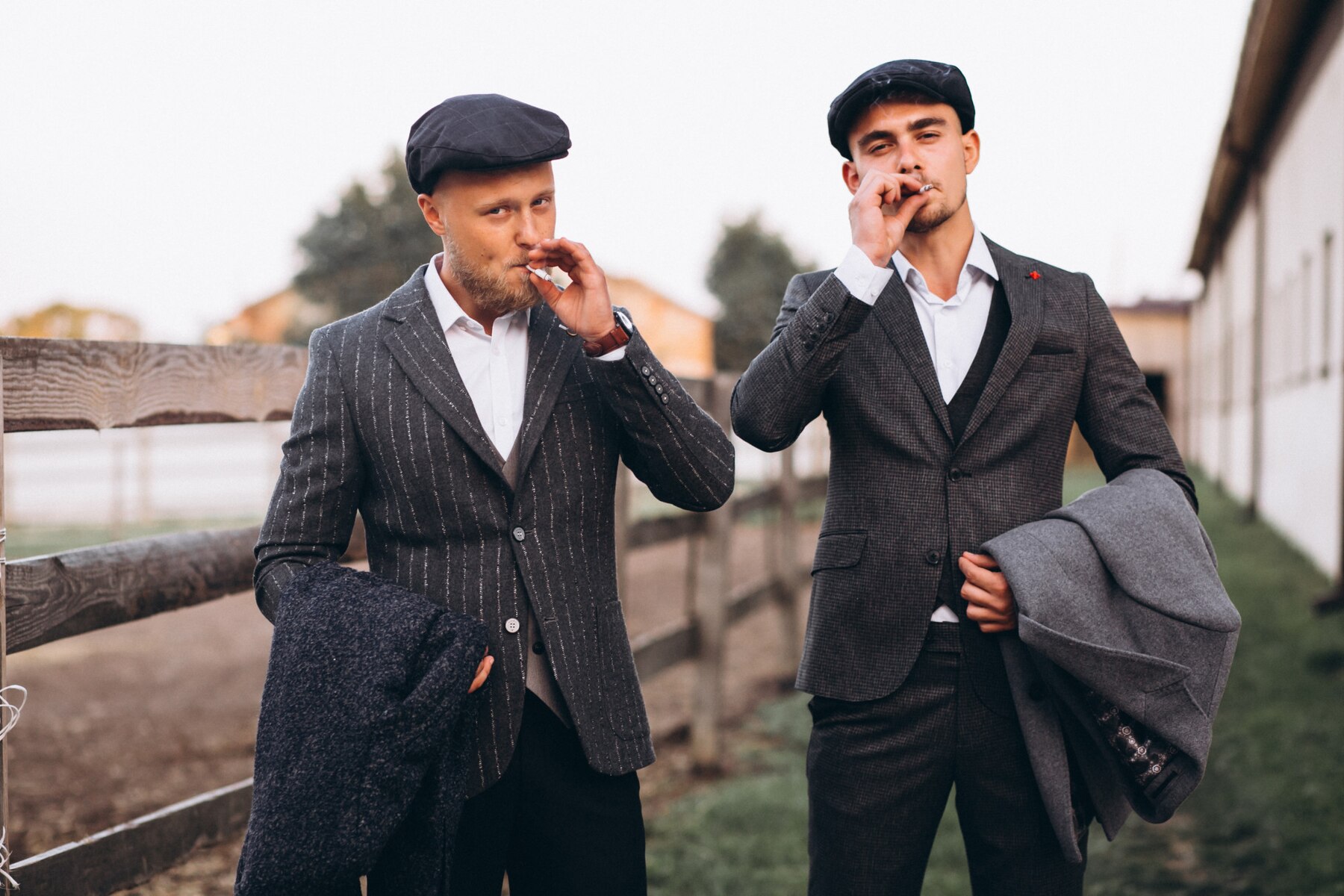
Additional Expert Tips & Common Mistakes to Avoid
When looking at men’s fashion, it’s important to tell trendy styles from timeless ones. While trends come and go, certain pieces remain enduring staples. Investing in classic pieces helps build a strong wardrobe. A well-tailored suit, a crisp white shirt, and quality leather shoes are key items. They never go out of style and can be used in many settings.
Common Mistakes in Men’s Fashion
The most common mistake is to follow trends too much without considering personal style or body type. It is imperative that trends can be adapted to personal style while remaining comfortable and confident. A second misstep is overlooking fit. There’s no outfit so chic that it isn’t ruined by poorly fitting clothes.
Advanced Insights and Expert Recommendations
Investing in bespoke tailoring and custom-made clothing can elevate your wardrobe. These choices were waterproof and custom-made, addressing all body types offering personal style even in bad weather, and providing a consistent wardrobe standard. Understanding fashion history and trends can lead you to make better style choices.
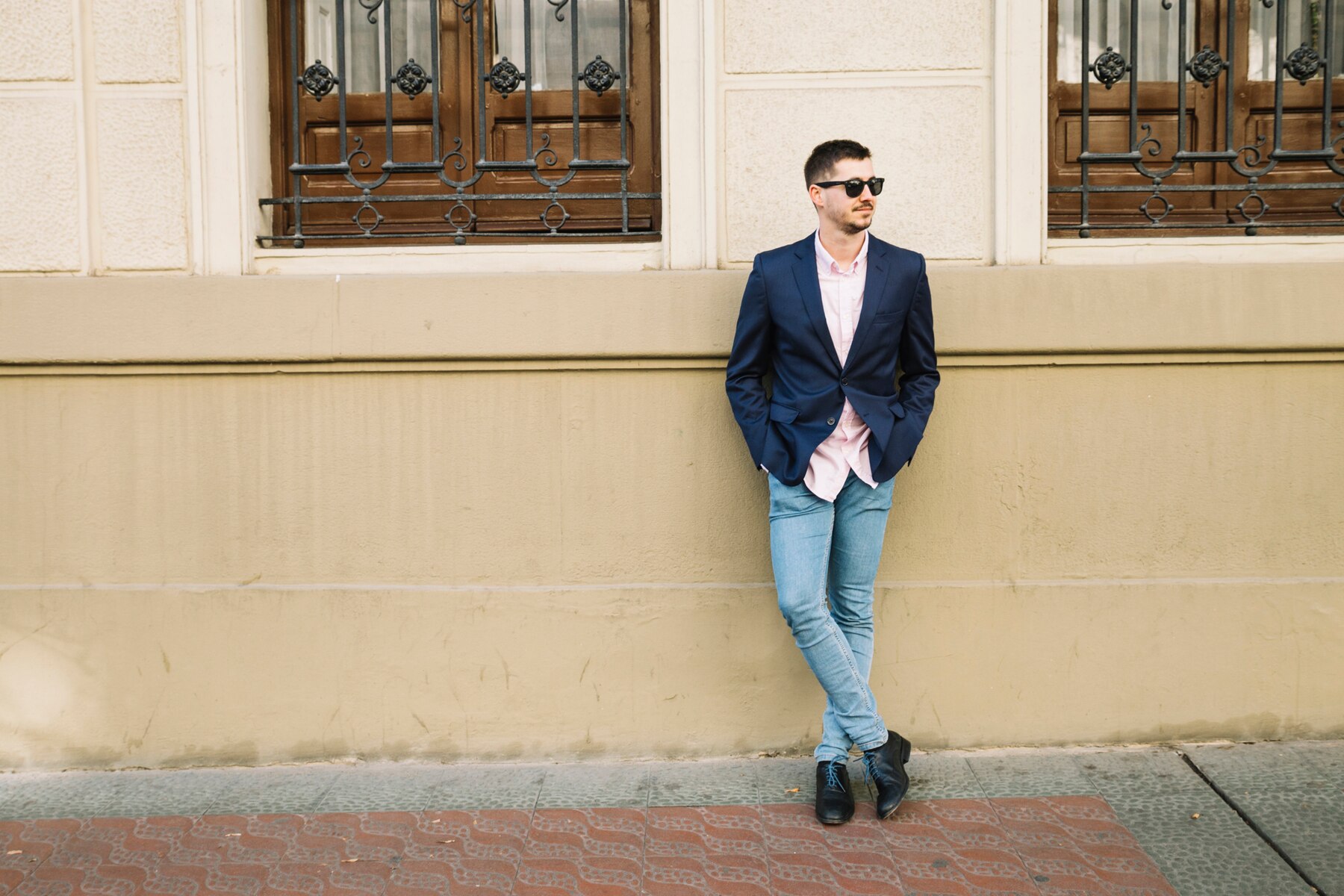
Conclusion: Embracing the Past, Present, and Future of Men’s Fashion
Men’s fashion evolves like a river, ever-flowing and full of surprises. It’s a testament to the style’s chameleon-like ability to adapt through the ages. By delving into the rich tapestry of fashion history, you can balance trendy and timeless. This savvy approach ensures your wardrobe remains both fashionable and enduring. Focusing on sustainability and personal style will change men’s fashion as we move ahead. So, prepare to elevate your fashion game with choices that reflect both character and conscience.
What are your favourite fashion trends from the past, and how do they influence your style today? Share your thoughts and join the conversation on the evolution of men’s fashion.



